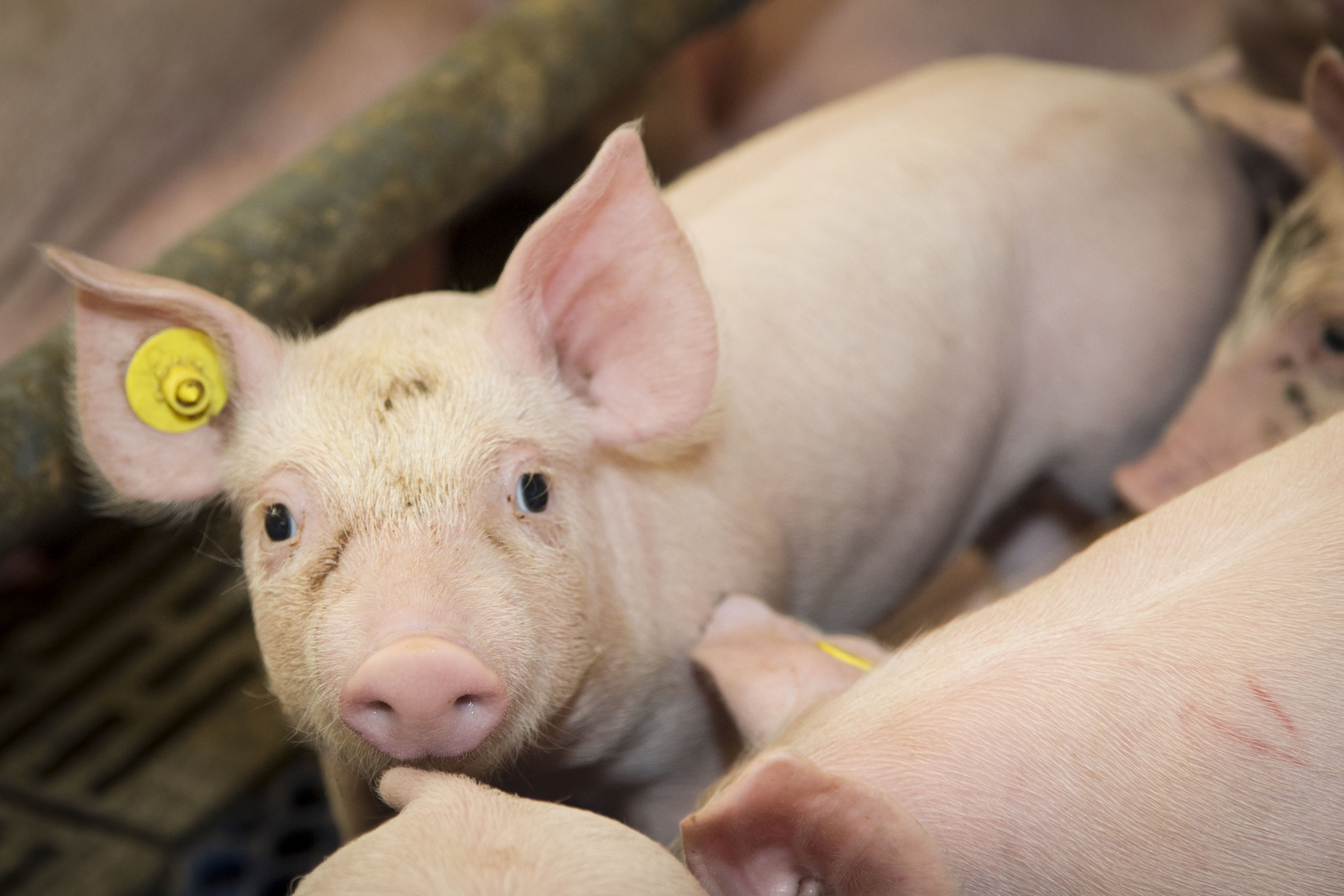A fresh look at piglet nutrition before antimicrobials

Do just-weaned piglets have a low feed intake because of a sickness? Or could it also be possible they get sick because of low feed intake? An interesting question which creates a new look at piglets around weaning.
By Theo van Kempen, senior researcher, Nutreco, the Netherlands
Weaning of the pig is likely the biggest stressor that the animal encounters prior to slaughter. Its impact on feed intake and gut health are well described. Both decline, with the drop in feed intake preceding a drop in villus height and an increase in gut permeability. What is often overlooked is that this drop in feed intake and gut health is an opportunity for an animal to get sick. Infection trials showed this clearly; animals whose feed intake was poor at the time of E. coli exposure became sick, while animals that were eating well at the time of the exposure continued to eat and grow well. This introduces a serious dilemma; the animal industry relies on nutritional strategies for preventing E. coli infections. Animals that don’t eat don’t receive those remedies. It also means that a piglet diet has one priority that sticks out far above all others: stimulate intake.
Nutreco has the fortune of having feed stations for nursery pigs which allow us to track the feed intake behaviour of individual newly-weaned pigs while they are still group housed. A careful analysis of these data shows first of all that all pigs found the feed very quickly after weaning and may have well taken a nibble. However, most of them did not continue to eat. Nature’s way of checking that this stuff isn’t toxic to the body? Some piglets do start eating quickly after weaning and continue to eat well. In one analysis of these data 10 g of feed disappearance was considered a meal. In the first hours post-weaning it took piglets 50% more time from weaning to consume their second meal than their first meal. In other words, if a piglet consumed its first 10 g two hours after weaning, then it consumed the second 10 g within three hours of weaning, see also Figure 1.
Logical?
Interestingly, those that consumed their first 10 g more than eight hours after weaning failed to consume their second 10 g within that 50% time window, this since the animals did not eat at night. The second night the same problem was seen. On paper, this may sound logical; animals have a day-night rhythm, but how logical is it really? Before weaning piglets consumed milk 24 h/ day, and after weaning light was on initially for 24 h/ day.
Given this behaviour, an interesting question is at what time of the day a piglet should be weaned. Weaning early in the day would give the animals a better chance to consume feed before their biological night sets in. Weaning late in the day may well mean that animals go to sleep and wake up hungry enough to not worry about fighting. Very limited trial data (Kornegay) suggests that weaning late in the day has the preference, but it would be warranted to re-evaluate in practice the optimal time of weaning from a pig-health perspective.
Feed efficiency
Another overlooked but bizarre aspect of nursery pig nutrition is that pigs grow with a phenomenal feed efficiency the first week after weaning. And that while they are eating at maintenance. The reason for this appears to be oedema. Why this oedema is developing is not yet clear but it may well be from oxidative damage, potentially compounded by excessive water intake. Given our focus on feed efficiency and gain in the days after weaning it is likely that our industry has selected management practices and diets that stimulate this oedema with yet unknown long-term consequences. Clear is, though, that pigs one day need to shed this oedema, which could explain dips in growth two to three weeks after weaning. A lesson from this again is that first-phase piglet diets should focus first on intake; healthy gain will follow.
Article featured in Pig Progress 30.5











